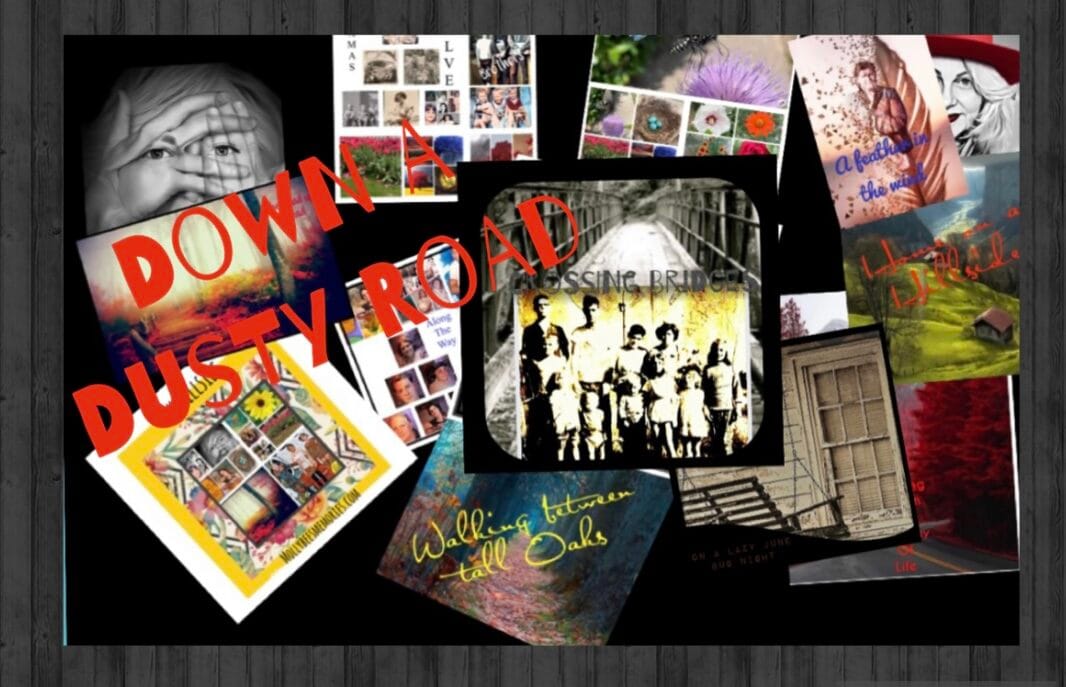The early mills had paddle wheels,
Very simple no whistles and bells
The paddle wheel was attached to a shaft not too long
Then attached to the center of the big millstone
The turning force produced by the water on the paddles
was transferred to the runner stone, making a noise that rattled
causing it to grind against a stone where
It became a simple process requiring no gears
The grist mill ground the grain into flour
water wheels are where it got its power
The Grisrmills have been around for centuries,
Dating back some say, as early as 19 BC.
At the heart of the gristmill is the grinding stone
There are two stones upper and one that stands alone
Each stone was 18 to 24 inches thick
It could weigh as much as half a ton of bricks
Millstones were made of sandstone and granite
quarried so each stone is a single piece that fit
The bottom stone is ironically called the stone bed
The runner stone had a hole in the center where grain was fed
There was a vertical spindle that passed through the rest
by lowering or raising the beam you could adjust the grain best
By feeling the texture of the meal between his thumb and fingers,
Created the cliche, a “rule of thumb”, for the millers
the miller could determine how much to adjust the stones.
He had to watch the flour to be sure that it did not get hot and burn
It could catch fire from the friction of the grinding stones.
His sense of smell was important that was well known
he had to keep his “nose to the grindstone
Another saying that’s well known
The flour moved outward from the center down a chute it went
to a bin on the floor below where a barrel or sack was sent
The grain from the Gristmill was important to a family back in the day
Nothing compares in our times like it did the Grist mill way



Thank you for sharing your info. I really appreciate your efforts and I will be
waiting for your further post thank you once again. 0mniartist asmr
Hello! This is my 1st comment here so I just wanted
to give a quick shout out and tell you I truly enjoy reading your articles.
Can you suggest any other blogs/websites/forums that deal with
the same subjects? Many thanks!
I do not know whether it’s just me or if everyone else encountering
issues with your website. It appears as though some of the text within your posts are running off the screen. Can somebody else please provide
feedback and let me know if this is happening to them too?
This might be a issue with my internet browser because I’ve had this happen before.
Many thanks
Thanks for the marvelous posting! I definitely enjoyed reading it, you are a great author.
I will make certain to bookmark your blog and may come back later in life.
I want to encourage one to continue your great posts, have a nice holiday weekend!
Hi there! I know this is kinda off topic nevertheless I’d figured I’d ask.
Would you be interested in trading links or maybe guest writing a blog
article or vice-versa? My website discusses a lot
of the same topics as yours and I think we could greatly benefit from each other.
If you happen to be interested feel free to send me an email.
I look forward to hearing from you! Great blog by the way!
Highly descriptive blog, I liked that a lot. Will there
be a part 2? ps4 games 185413490784 ps4 games
Woah! I’m really loving the template/theme of this blog. It’s simple,
yet effective. A lot of times it’s difficult to get that “perfect balance” between usability and
appearance. I must say you have done a excellent job with this.
Additionally, the blog loads very quick for me on Opera. Excellent Blog!
games ps4 185413490784 games ps4
Great site you have here but I was wondering if you knew of any discussion boards that cover the same topics
discussed here? I’d really love to be a part of community where I can get suggestions from other experienced
people that share the same interest. If you
have any suggestions, please let me know. Many thanks!
Hello to every body, it’s my first go to
see of this web site; this web site contains amazing and genuinely fine
stuff designed for visitors.
Hi, Neat post. There is a problem along with your website in web
explorer, may check this? IE nonetheless is the marketplace
chief and a large part of other folks will leave out your fantastic writing because of this problem.
This piece of writing gives clear idea in support
of the new users of blogging, that truly how to do blogging.
Incredible! This blog looks exactly like my old one!
It’s on a completely different topic but it has pretty much the same page
layout and design. Wonderful choice of colors!